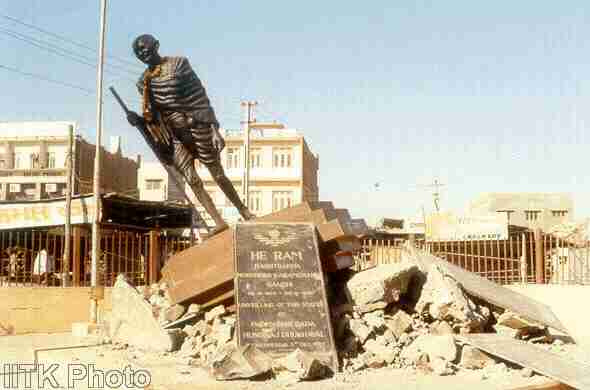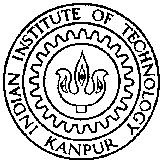|
With several weeks gone
by after the earthquake, it is now time to plan for rehabilitation of
the persons rendered homeless by the earthquake. However, there is a severe
shortage of trained structural engineers in the region who can assess
the damages and suggest measures for repair/seismic retrofit of the damaged
buildings. In effect, the earthquake has also shown the urgent need to
develop an
earthquake engineering industry
in India so that earthquake-related products and services can be made
available on to the affected communities on professional basis. (a) Sensitise the civic administrators of the major towns/cities of the gravity of the situation and provide them with critical inputs to develop a robust rehabilitation program, which includes the damage assessment of the building stock, and their repair/retrofit/reconstruction. (b)
Training to engineers in Ahmedabad, Gandhidham, Jamnagar, Morbi, Surendranagar
and Rajkot on how to assess damages sustained by the buildings in the
affected area. (a) Develop legal and technical framework to ensure that all new constructions fulfill seismic requirements. (b) Evolve an implementable seismic retrofit policy for handling a huge building stock in the country that may be seismically deficient. (c) Include earthquake design and construction in the curriculum in the Indian technical universities/institutes, and (d) Conduct vigorous and practical short-term courses for training practicing engineers and architects on seismic design of reinforced concrete buildings and bridges.
Unfortunately, in a large country
like India, too few individuals and institutions are engaged in earthquake
engineering. A major focus has to be placed on institutional and manpower
development in this critical area. The National Information Center of
Earthquake Engineering (NICEE) and IIT Kanpur would like to contribute
to the above cause, in all possible ways to meet the above long term and
short term demands.
...
Note:
The pedestal alone is shattered, This
is a special presentation of National
Information Center of Earthquake Engineering (NICEE) at
IIT Kanpur, Earthquake
Engineering Research Institute,
USA, and Indian
Institute of Technology Kanpur,
India |



